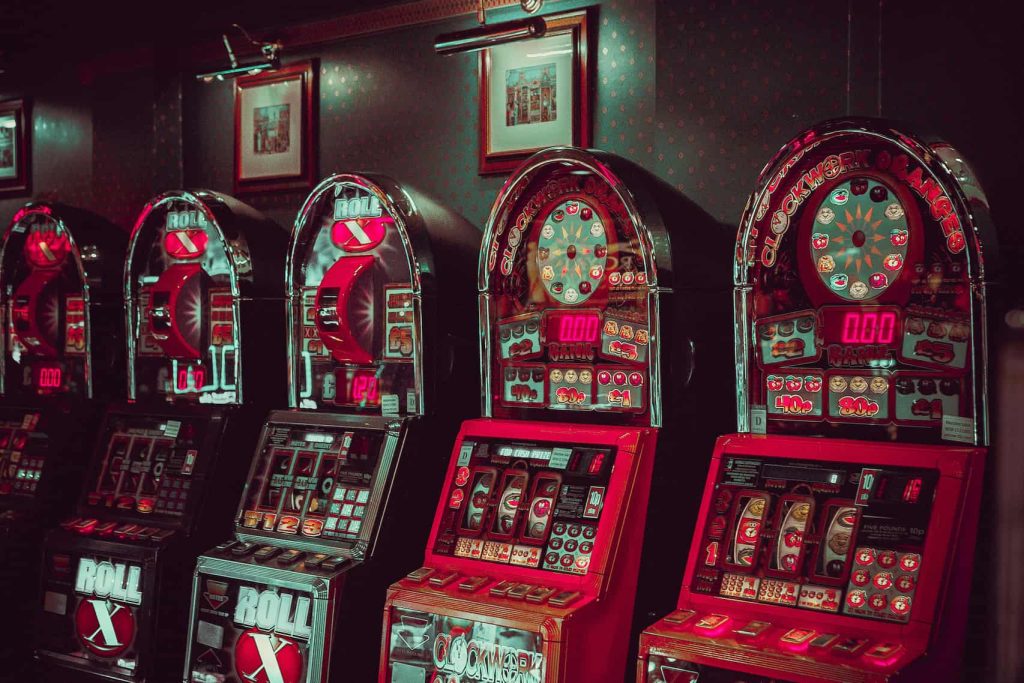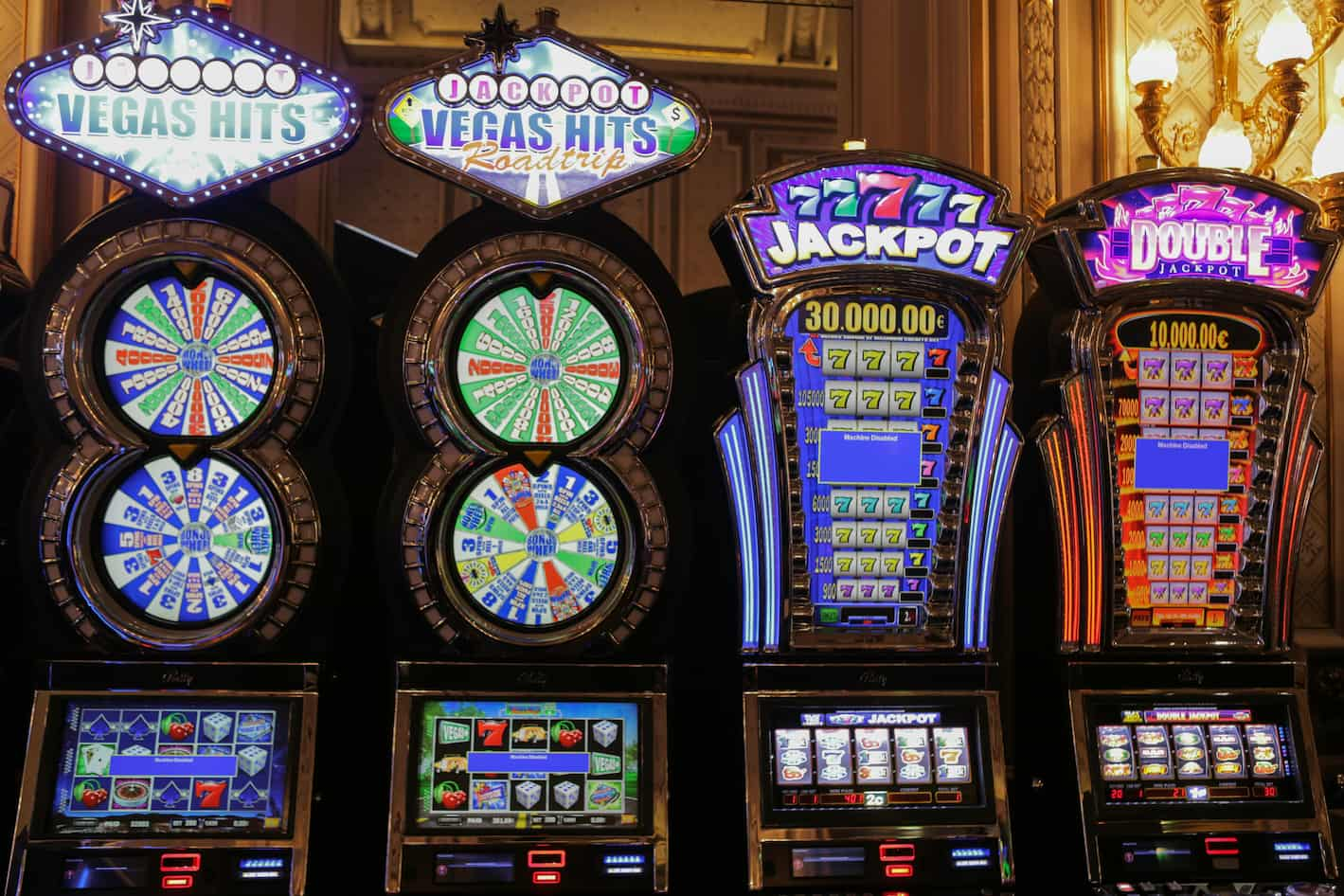When you walk into a casino, you see flashing lights and hear the sounds of games. But what if you found out that the results of those games aren’t so random? The truth is, the odds in slot games are carefully designed by developers. They adjust the odds and payout rates to create a certain experience for players. This is called “engineered luck.” It means developers design slot games by changing the odds, how often payouts happen, and other factors to shape the game. Keep this in mind when you play the Aviator game.
The Role of Random Number Generators (RNGs)
Every slot machine uses something called a random number generator, or RNG. The RNG makes sure the game is random. It creates a number sequence that decides where the reels land each time you spin. This happens very fast, thousands of times per second, even when you’re not playing.
The RNG keeps each spin unpredictable. But not all outcomes are equally likely. Developers can adjust the odds. They can make certain results appear more or less often. This is where “engineered luck” comes in.
Frequency of Wins
Some players think slot games are all about luck. But developers control how often you can win. They adjust the odds of the symbols on the reels to change the frequency of wins. A game may have a higher chance of giving you small wins, like two or three matching symbols. But it will have a much lower chance of giving you the big jackpot. This keeps players interested. They get smaller wins often, which makes them want to keep playing. The big payout, which feels like luck, is actually planned by the developers through careful odds.
Volatility and Hit Frequency

Volatility is how often a game gives payouts and how big those payouts are. High-volatility games give big payouts, but less often. Low-volatility games give smaller payouts more often. Developers can change volatility to control the game’s experience. Low-volatility games give steady, small wins. High-volatility games keep players waiting for a big win. These decisions about volatility help shape how players feel about the game. They affect the excitement and the feeling of luck.
The Psychology of “Near Misses”
One trick developers use to keep players interested is the “near miss.” This happens when the reels almost land on a winning combination. Two matching symbols line up, but there’s a blank space where the third symbol should be. It may seem like bad luck, but it’s actually a strategy. Studies show that this can make players keep playing, thinking their big win is just one spin away. The “almost win” feeling keeps players engaged and hopeful, making them spin the reels again and again.
The Impact of Game Design on Luck
The design of a slot game can affect how players think about the odds. A game with a fun theme, cool symbols, and bright animations makes it feel more exciting. This can trick players into thinking luck is on their side, even though the odds are set by the developers.
The excitement players feel while playing is because of how the game is designed. Things like bright colors, fun sounds, and tempting symbols make it feel like luck is close. But in reality, the outcomes are already decided by the game developers.
